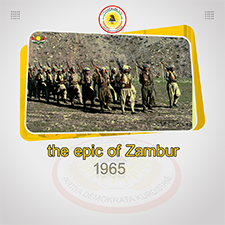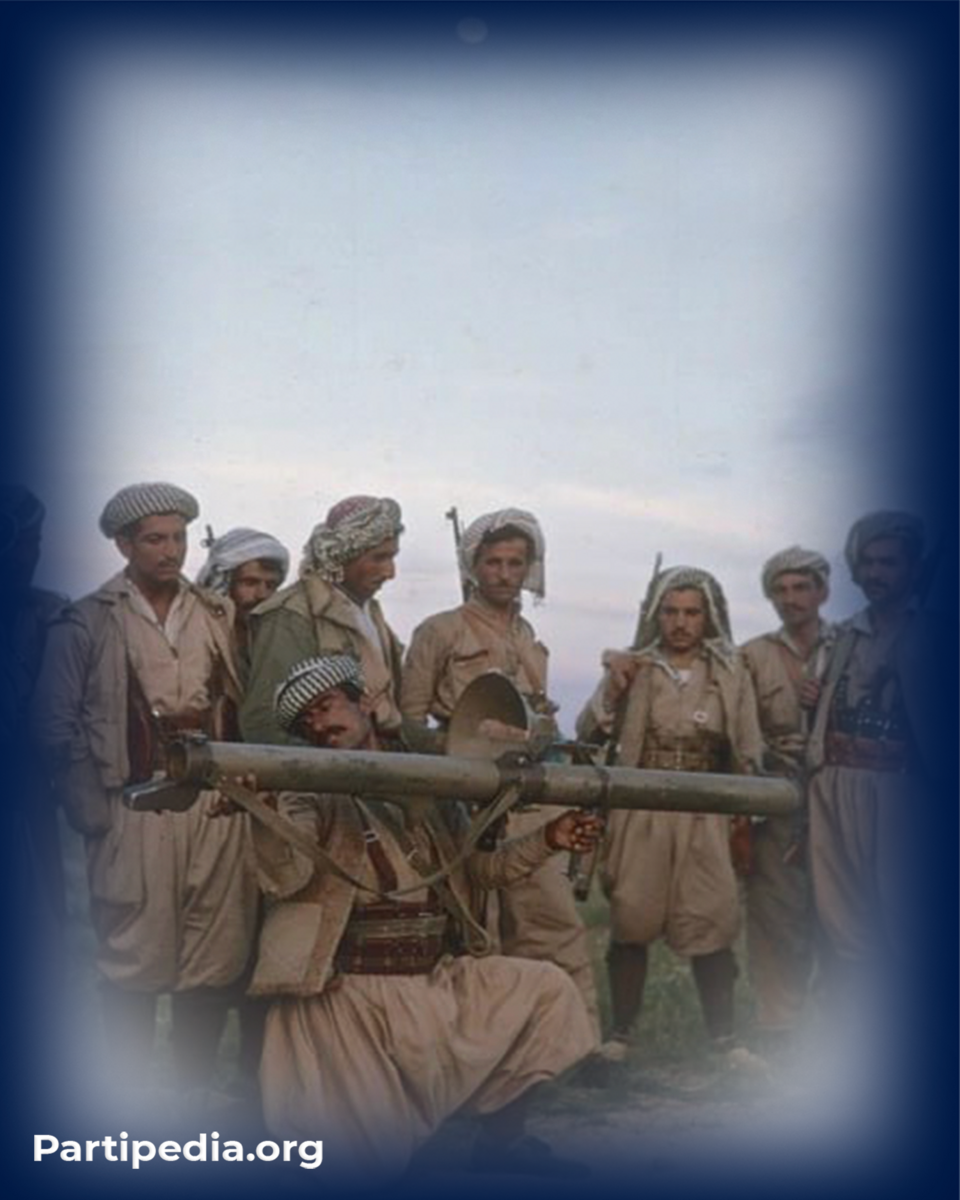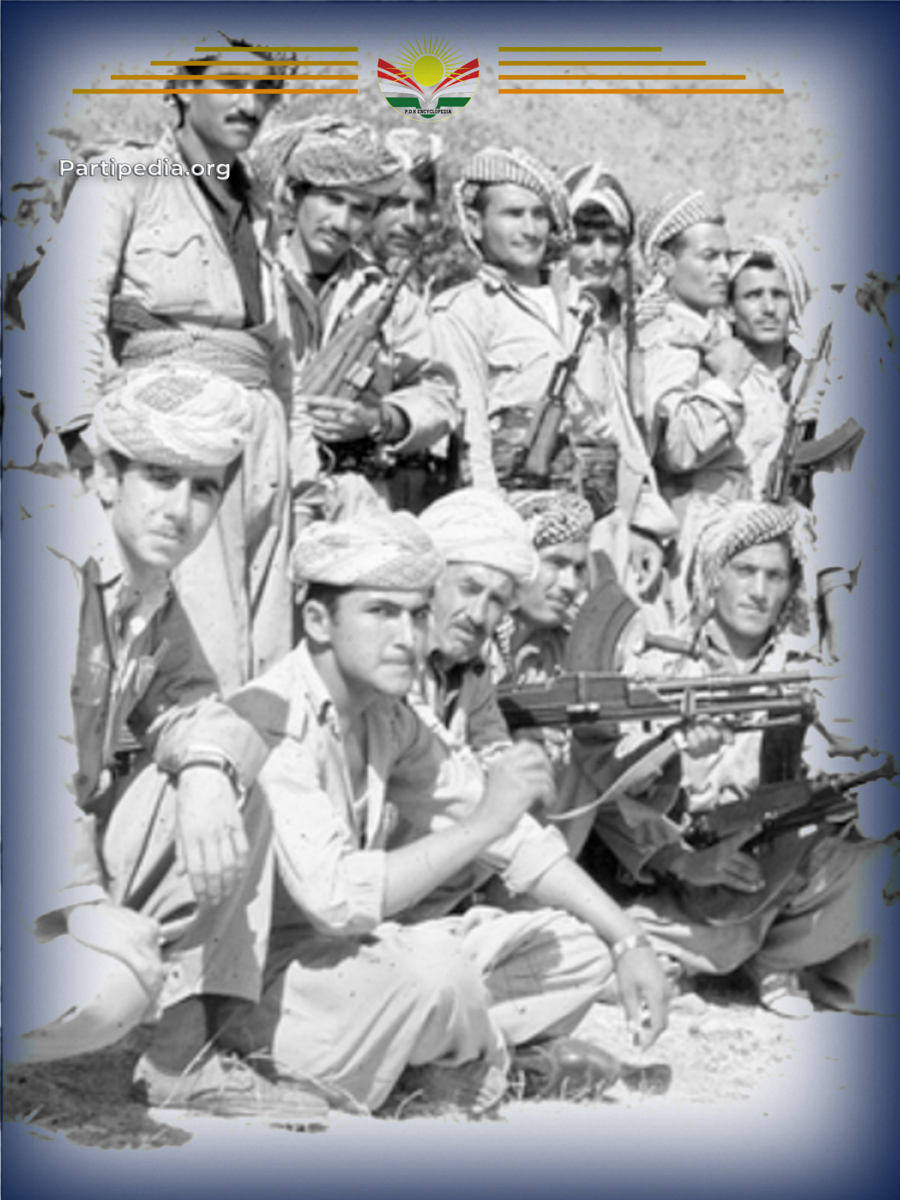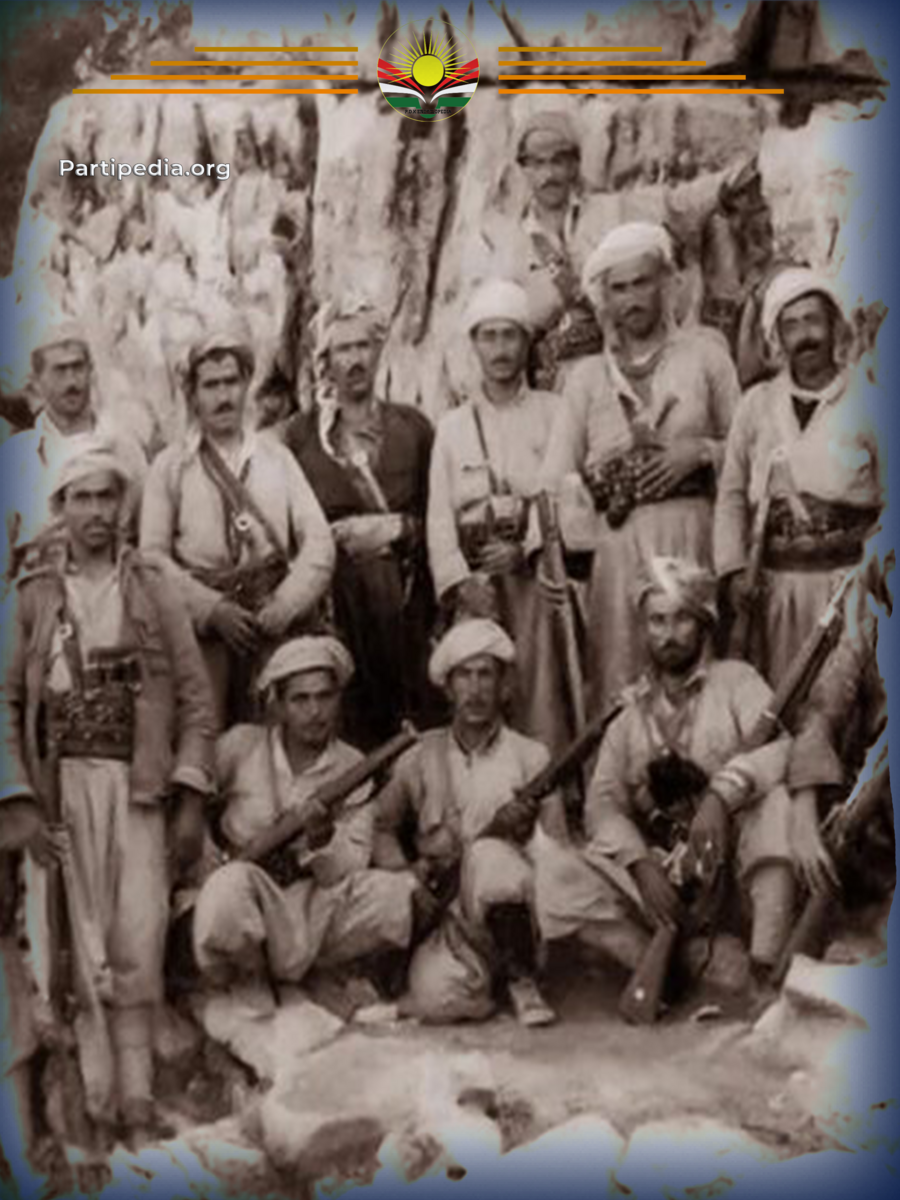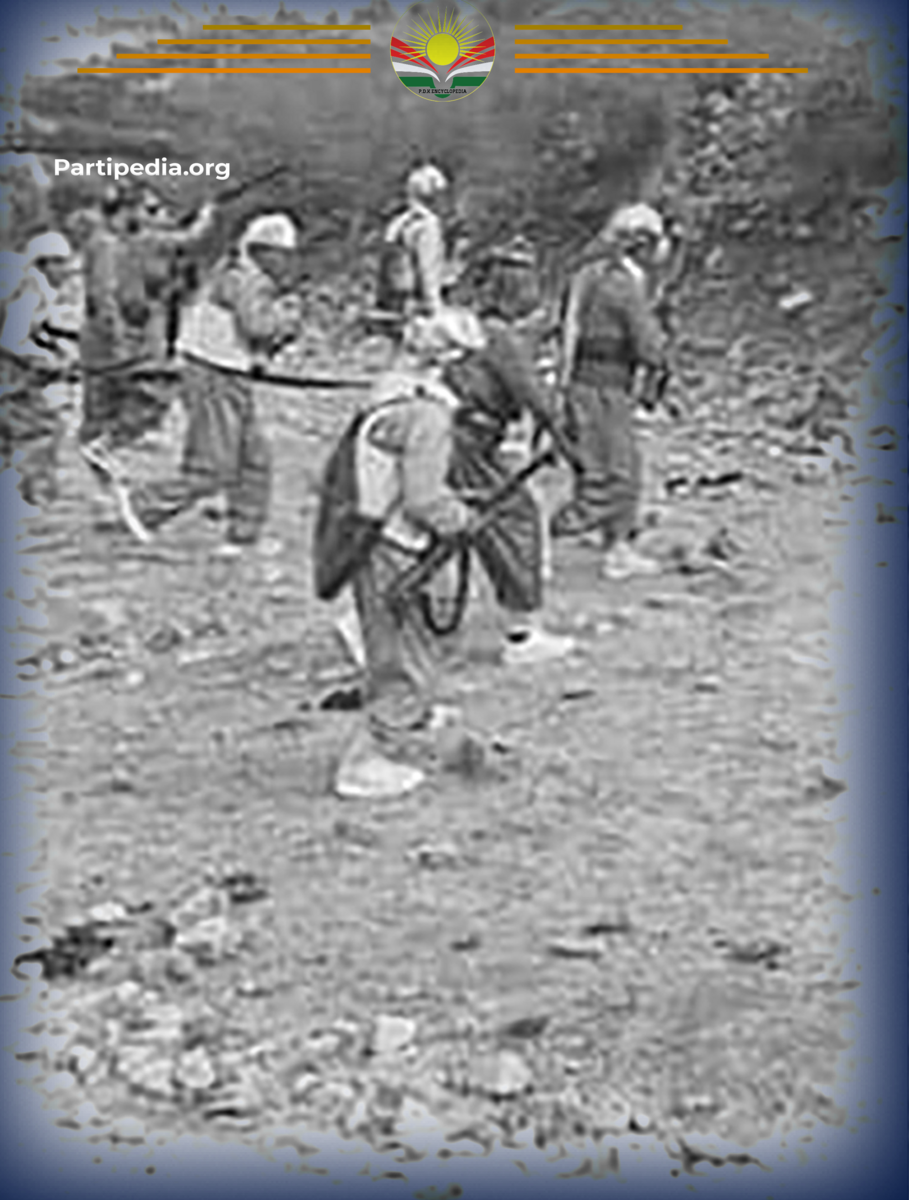Between February 1964 and March 1965, there was a one-year ceasefire between the Kurdish Revolution and the Iraqi government. However, on April 1, 1965, fighting broke out again when the Iraqi government refused to implement the agreement that was made between them. As a result, the Peshmerga had to withdraw from the cities and towns to more stable positions. Many officers, soldiers, police, and civilians joined the revolution during this time.
It has been reported that the revolutionary leadership in Kurdistan was considering carrying out an action within the government's power in Kirkuk as a result of the government resuming its attacks on different parts of the region. The objective was to target the Zambur oil pipelines and the railway line. The intention was to demonstrate to the government that the revolutionaries were not only capable of confronting the Iraqi army on the battlefield but were also capable of operating in the heart of power and important places, putting government interests at risk. Additionally, there were two other motives behind the action:
The first: is to fragment the military forces and force their leadership to disperse into vast areas that prevent them from gathering on the same front.
The second: was a threat to the government's economy by attacking oil facilities in order for the government to allocate a sizeable protective force to these facilities and keep them away from the battlefield.
On July 21, 1965, a group of Peshmergas led by Mohammed Darwish Nader reached the Zambur oil pipelines and the railway line in Kirkuk. In a short time, they mined and blew up all the oil pipelines, causing heavy loss of life and property to oil institutions. After performing the operation successfully and the Peshmerga withdrawal, The government forces attacked the Peshmerga forces, and as a result, one Peshmerga was martyred.
The consequences of Peshmerga's actions resulted in chaos and posed a significant threat to the government and its economic interests. As a result, the Iraqi army had to withdraw two battalions and around 1,000 mercenaries from the battlefield to guard oil facilities. Additionally, the military considered moving the Peshmerga from Kirkuk and the Erbil Plain to the mountains to protect the oil facilities from future attacks. In the autumn of 1965, the Iraqi government launched a major offensive against the Erbil Plain, targeting the villages of Bestana, Ilinjagh, Qashqa, Khurkhur, Koya areas, Taqtaq, and Digala. The aim of this offensive was to drive the Peshmerga out of the area and disrupt their movements and operations in the Erbil plain.
Resources:
-
هاوکار کەریم حەمە شەریف: شۆڕشی ئەیلوول، چاپخانەى زانکۆى سەلاحەدین، چاپى یەکەم، هەولێر، ٢٠١٢.
-
شەوکەت مەلا ئیسماعیل حسن، ڕۆژانێ لە مێژووى شۆرشى ئەیلوول، چاحى یەکەم، هەولێر، ٢٠٠٧
-
ئارى کەریم: چەند لاپەڕەیەکى زیندوو لە شۆڕشى ئەیلوولدا، چاپخانەى خەبات، دهۆک ١٩٩٩.
-
مسعود بارزانی: بارزانی و بزوتنەوەى ڕزگاریخوازی کورد، بەرگی سێیەم، بەشی یەکەم، شۆڕسی ئەیلوول ١٩٦١-١٩٧٥، چاپخانەى وەزارەتى ڕۆشنبیرى، چ: یەکەم، هەولێر، ٢٠٠٤.
-
خورشید شێرە: خەبات و خوێن، بیرەوەریەکانی ساڵانی خەباتی پێشمەرگایەتی، چاپی سێیەم، هەولێر، ٢٠١٥.




